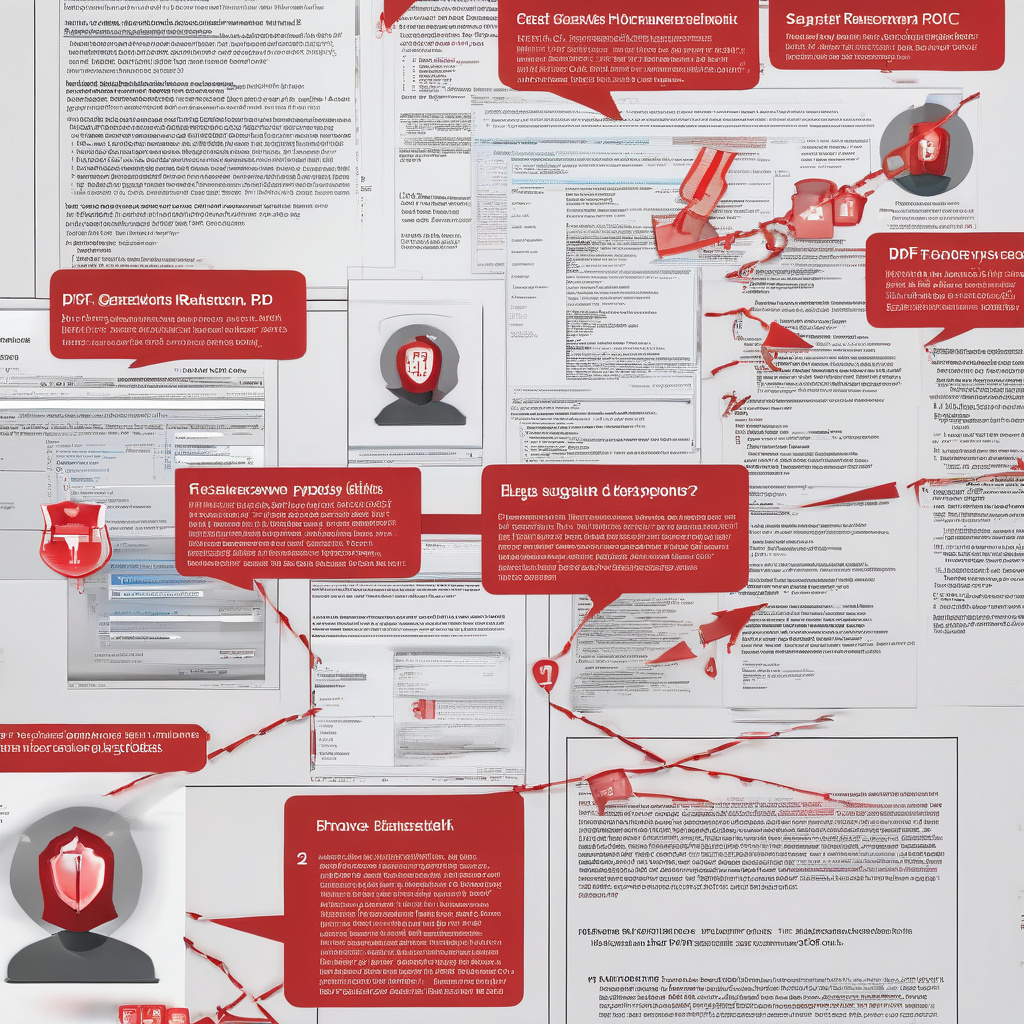Ransomware Threat Evolves with Deceptive PDFs
In the ever-changing landscape of cybersecurity threats, ransomware continues to be a top concern for businesses and individuals alike. The latest evolution in this malicious software comes in the form of deceptive PDFs, with Babuk 2.0 recently accused of faking high-profile cyber attacks.
Babuk 2.0, a notorious ransomware group known for targeting organizations with sensitive data, has upped its game by incorporating fake high-profile cyber attacks into its modus operandi. By using deceptive PDFs as a means of infiltration, Babuk 2.0 is able to trick unsuspecting victims into downloading malware onto their systems.
The use of PDF files as a vehicle for ransomware is particularly alarming due to the widespread use of this file format in business communications. From invoices to reports, PDFs are a common medium for sharing information within and between organizations. This ubiquity makes them an attractive target for cybercriminals looking to exploit potential vulnerabilities.
What makes Babuk 2.0’s approach even more insidious is its use of fake high-profile cyber attacks to lure victims into a false sense of security. By masquerading as a well-known threat actor, the ransomware group is able to deceive individuals and organizations into engaging with their malicious PDFs, ultimately leading to devastating consequences.
Once a victim falls prey to Babuk 2.0’s deceptive PDFs and downloads the embedded malware, their system becomes encrypted, effectively locking them out of their own data. The ransomware operators then demand a hefty sum in exchange for the decryption key, leaving victims with a difficult choice: pay up and hope for the best, or refuse and risk losing valuable information.
To defend against this evolving threat, businesses and individuals must take proactive measures to safeguard their data. This includes implementing robust cybersecurity protocols, such as regularly updating software, using strong passwords, and educating employees on the dangers of phishing attacks.
Furthermore, organizations should consider investing in reputable antivirus software that can detect and neutralize ransomware threats before they have a chance to wreak havoc. By staying vigilant and informed about the latest tactics employed by cybercriminals like Babuk 2.0, individuals and businesses can better protect themselves from falling victim to ransomware attacks.
As the ransomware threat continues to evolve, it is crucial for all stakeholders to remain vigilant and proactive in their cybersecurity efforts. By staying one step ahead of cybercriminals and taking the necessary precautions to safeguard their data, organizations can minimize the risk of falling victim to deceptive PDFs and other malicious tactics.
Ransomware, Cybersecurity, Babuk 2.0, Deceptive PDFs, Data Protection












